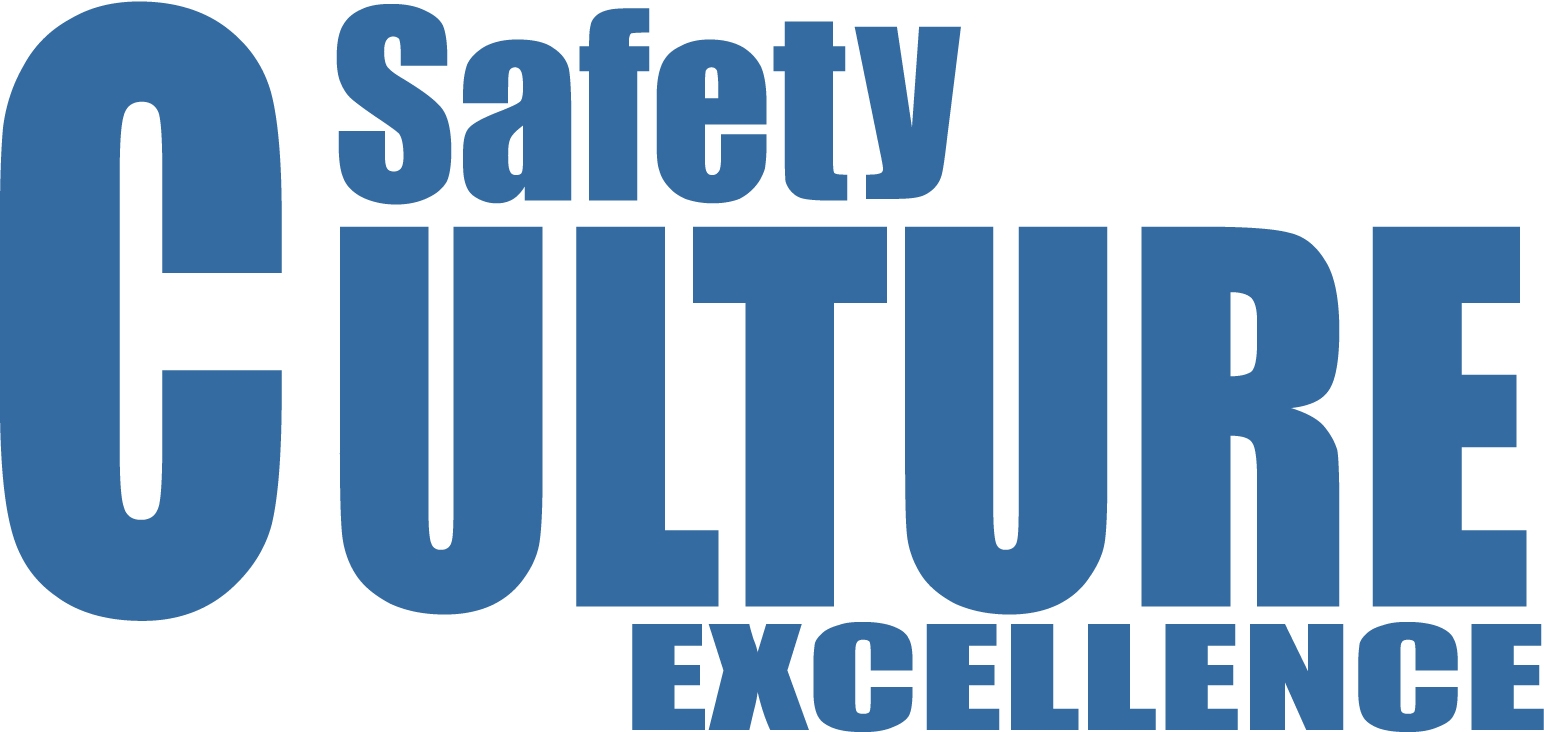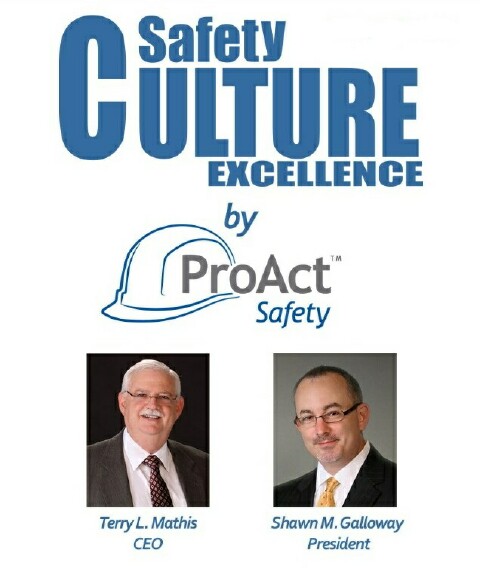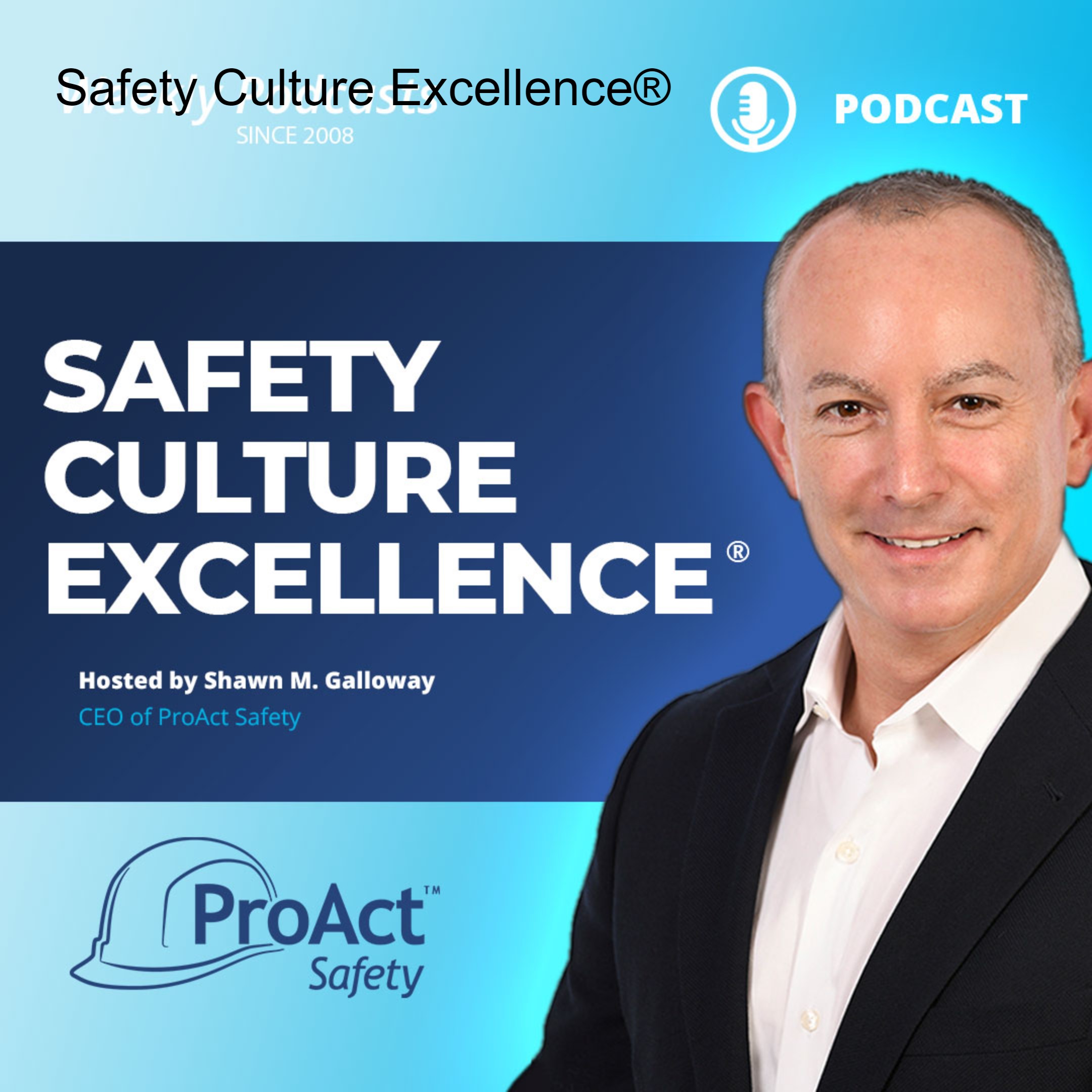Episodes

Wednesday Jan 29, 2014
Coaching Safety: Performance vs. Improvement
Wednesday Jan 29, 2014
Wednesday Jan 29, 2014
The most ineffective safety coaching I have ever seen had some great ideas and techniques, but it was based on a bad premise. That premise was that supervisors and leaders should coach the day-to-day performance of their workers in an evaluative manner. They used some powerful interaction models and evaluative techniques, but in the end, it just seemed like the boss’s opinion vs. the worker’s opinion of performance.
The best safety coaching is based on targeted improvements rather than evaluation. Targeting specific improvements (precautions to take or behaviors that contribute to culture) helps coaching in several ways:
- It creates talking points that are friendly and logical (what we agreed to work on) and not subjective (what the boss does or doesn’t like)
- It creates a clear dichotomy of performance (you either took the targeted precaution or you did not) vs. the boss thinks you did well or poorly
- When targeted precautions are not taken, it fosters a discussion of why and why not rather than a judgment of performance
- It creates a communication atmosphere of adult talking to adult vs. adult overseeing child
- It creates the expectation that safety is about getting better not just staying the same
Safety coaching can be an effective tool for supervisors and leaders when done in this way. When organizations learn how to improve safety, it is an easy and logical step to apply targeted-improvement coaching to other performance issues as well.
-Terry L. Mathis
Terry L. Mathis is the founder and CEO of ProAct Safety, an international safety and performance excellence firm. He is known for his dynamic presentations in the fields of behavioral and cultural safety, leadership, and operational performance, and is a regular speaker at ASSE, NSC, and numerous company and industry conferences. EHS Today listed Terry as a Safety Guru in ‘The 50 People Who Most Influenced EHS in 2010, 2011 and 2012-2013. He has been a frequent contributor to industry magazines for over 15 years and is the coauthor of STEPS to Safety Culture Excellence, 2013, WILEY.


Monday Jan 27, 2014
326 - Teaching Supervisors to be Safety Coaches
Monday Jan 27, 2014
Monday Jan 27, 2014
Greetings everyone, this podcast recorded while in Cotulla, TX. I’d like to share an article I wrote that was published December 2013 in BIC Magazine. The published article can either be found on the magazine’s website or under Insights at www.ProActSafety.com.
I hope you enjoy the podcast this week. If you would like to download or play on demand our other podcasts, please visit the ProAct Safety’s podcast website at: http://www.safetycultureexcellence.com. If you would like access to archived podcasts (older than 90 days – dating back to January 2008) please visit www.ProActSafety.com/Store. For more detailed strategies to achieve and sustain excellence in performance and culture, pick up a copy of our book, STEPS to Safety Culture Excellence - http://proactsafety.com/insights/steps-to-safety-culture-excellence
Have a great week!
Shawn M. Galloway
ProAct Safety

Wednesday Dec 11, 2013
Showing Up: Step One of Safety Leadership
Wednesday Dec 11, 2013
Wednesday Dec 11, 2013
We have been told that the first step of doing any job is showing up. This is equally true of the job of leading safety. Leaders who are noticeably absent lose opportunities to effectively lead. Obviously leaders cannot be everywhere every time; but they can pick and choose key opportunities to emphasize the importance of safety with their presence.
When tragedies happen and leaders don’t show up, what is the message sent to the troops? When major new safety initiatives begin without the in-person support of key leaders, how official and important are they. When organizations have safety teams or committees which oversee safety efforts, how do they proceed when leaders fail to attend?
The physical presence of leaders must be accompanied by their involvement and attention as well. A worker commented recently, “There was a serious safety incident and none of the leaders got mad.” He reflected that at his last job leaders showed emotions when safety efforts didn’t go well and caused heated discussions and decisive actions. In short, he equated emotion with caring. Leaders show they care when they show up and participate. What they do in their offices and the boardroom will not have the necessary impact if they are not present and engaged at key happenings in the workplace. Leaders, start with step one.
-Terry L. Mathis
Terry L. Mathis is the founder and CEO of ProAct Safety, an international safety and performance excellence firm. He is known for his dynamic presentations in the fields of behavioral and cultural safety, leadership, and operational performance, and is a regular speaker at ASSE, NSC, and numerous company and industry conferences. EHS Today listed Terry as a Safety Guru in ‘The 50 People Who Most Influenced EHS in 2010, 2011 and 2012-2013. He has been a frequent contributor to industry magazines for over 15 years and is the coauthor of STEPS to Safety Culture Excellence, 2013, WILEY.

Wednesday Nov 06, 2013
The Danger of Compliance
Wednesday Nov 06, 2013
Wednesday Nov 06, 2013
The goal of many safety programs is to get all workers and the workplace into compliance with applicable rules and regulations. This is a necessary and foundational step in any effective safety effort. However, if the goals and progression stop at compliance, this can cause crucial problems for the future. Once the workplace passes muster and workers know and adhere to the rules, then what? The next steps in safety must take the organization beyond the performance levels achieved through compliance. These steps require much more of workers than simply following the rules.
Beyond compliance is excellence through safety culture. An excellent safety culture is one in which workers are engaged, not simply conforming. Worker engagement in safety is seldom accomplished with the tools of compliance. A new set of tools that challenges workers to belong, participate, and expend creative energy is needed. The tools of compliance cannot be used or even adapted to meet these challenges. In fact, the tools used by many organizations to accomplish compliance can actually hamper or kill employee engagement. A work force can be policed into compliance but must be coached into excellence.
Failure to change from safety cops to safety coaches can stop the progression of safety performance in its tracks. Workers will develop a “good enough” attitude toward safety if there is no reason to go above and beyond. They will not buy in if there is no compelling rationale. They will not feel part of the effort if there are no involvement opportunities. They will never own the safety-excellence effort if they are not allowed to help create it. Recognizing the point at which compliance needs to give way to excellence is the key to continuous improvement in safety.
-Terry L. Mathis
Terry L. Mathis is the founder and CEO of ProAct Safety, an international safety and performance excellence firm. He is known for his dynamic presentations in the fields of behavioral and cultural safety, leadership, and operational performance, and is a regular speaker at ASSE, NSC, and numerous company and industry conferences. EHS Today listed Terry as a Safety Guru in ‘The 50 People Who Most Influenced EHS in 2010, 2011 and 2012-2013. He has been a frequent contributor to industry magazines for over 15 years and is the coauthor of STEPS to Safety Culture Excellence, 2013, WILEY.

